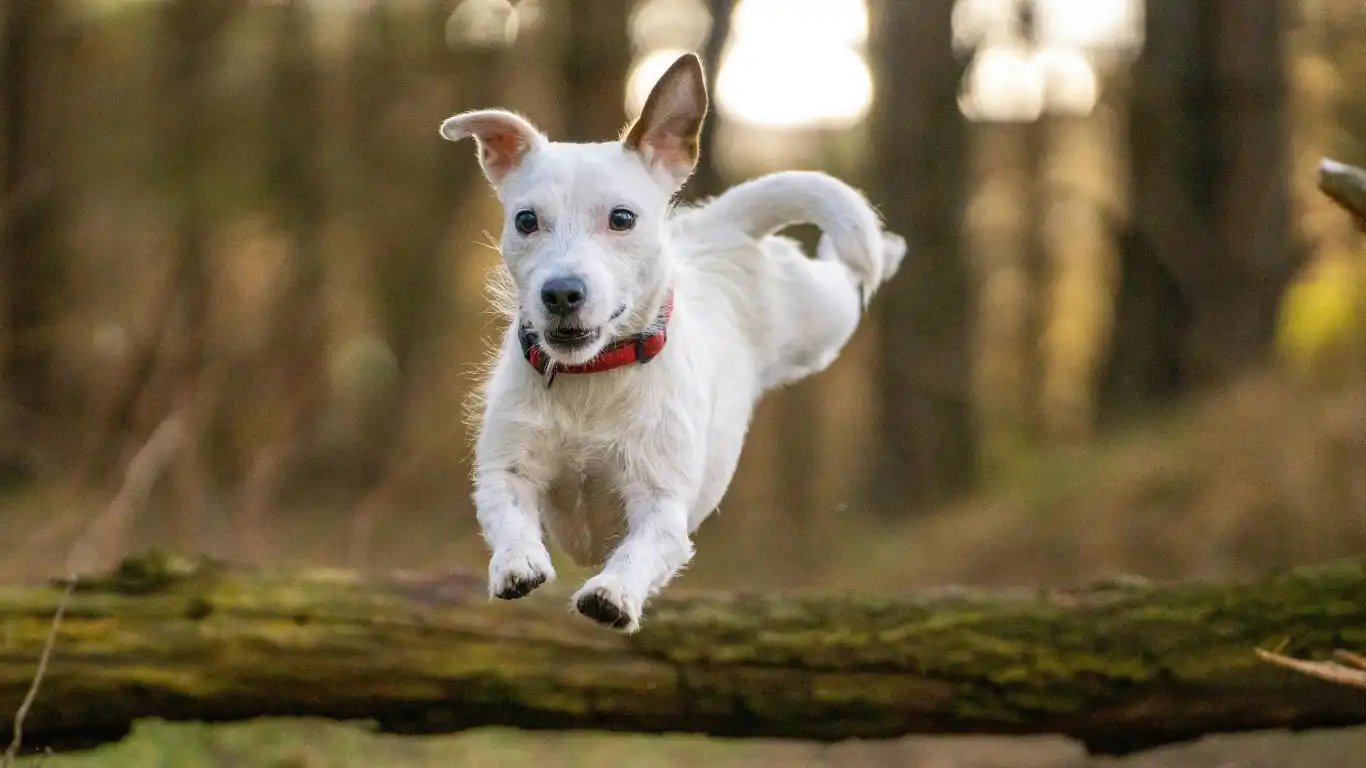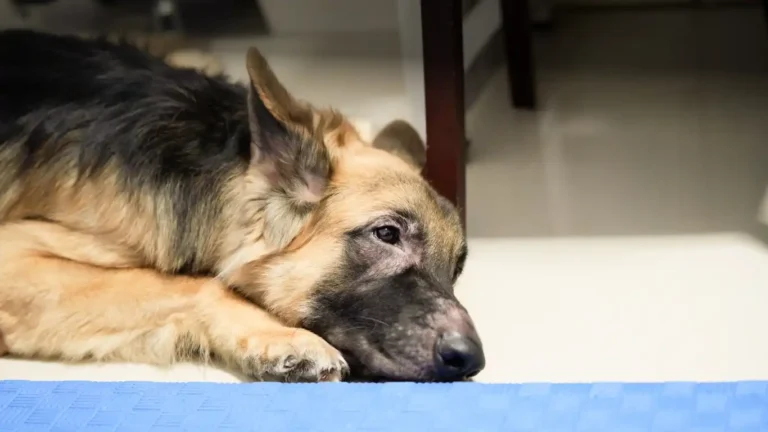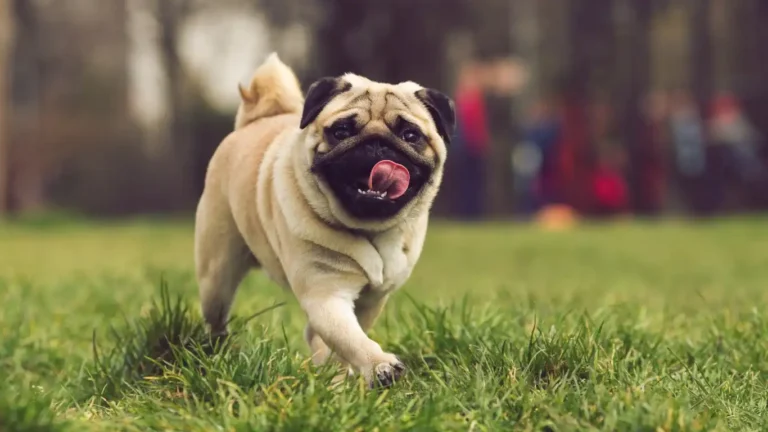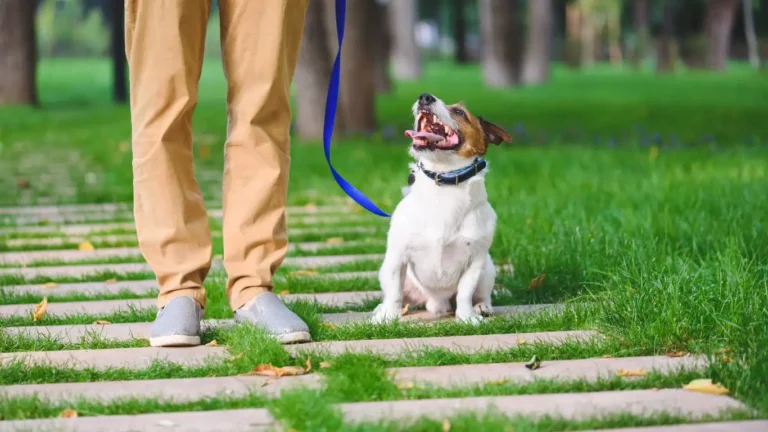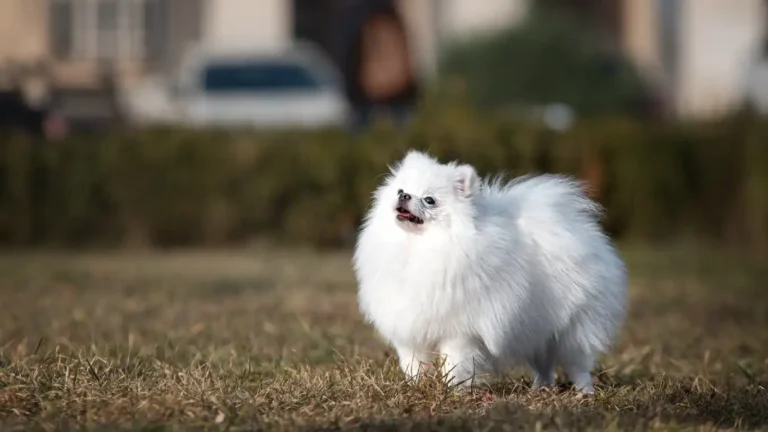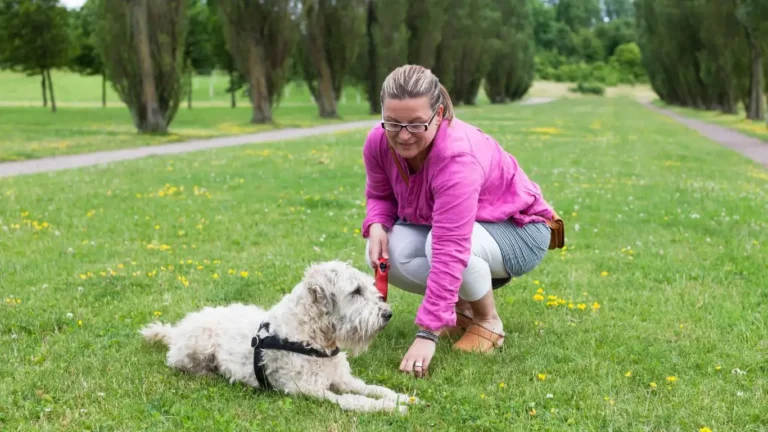Effective Dog Behavior Tips to Stop Bad Habits Quickly
If you’ve ever found yourself yelling “No!” for the hundredth time as your dog zooms around the house with your favorite shoe, you’re not alone. I’ve been there, too—trying to manage hypertension all day and coming home to a dog that thinks couch cushions are chew toys. As a physician, I’ve learned a lot about behavior modification from the medical side, but those skills surprisingly came in handy with my dog. Today, I’m sharing my real-world take on effective dog behavior tips to stop bad habits quickly, because I know firsthand how exhausting it is to juggle a busy life and a misbehaving pup.
Understanding Why Your Dog Misbehaves
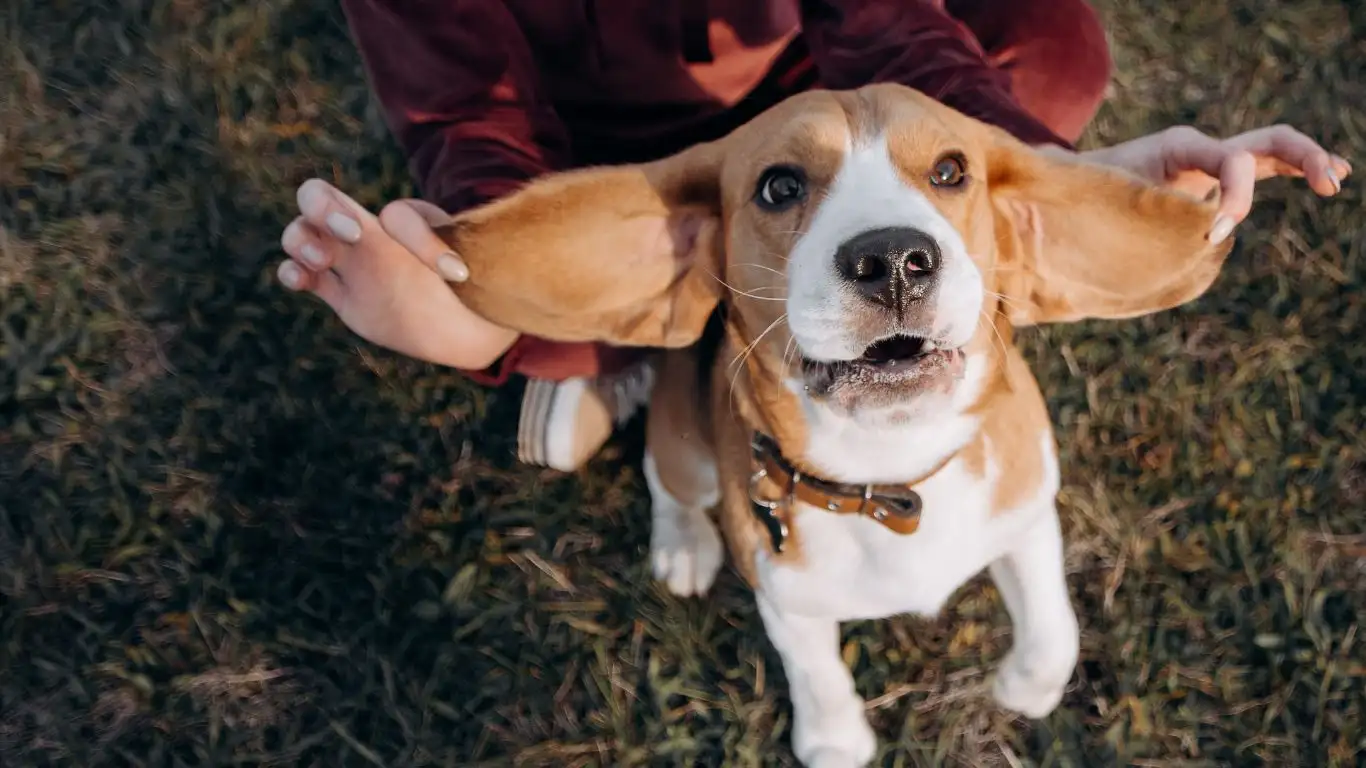
Before we dive into fixing the behaviors, let’s talk about why they’re happening. Dogs aren’t trying to drive us crazy—although sometimes it really feels that way. They act out because they’re bored, anxious, under-stimulated, or just not clear on what we expect from them.
Behavior is Communication
Dogs don’t speak human (shocking, right?), so they use their actions to tell us how they feel. Jumping, barking excessively, or even chewing can be signs of stress, lack of exercise, or just pent-up energy. I realized my dog started digging in the backyard every time I got too caught up in work and skipped our usual morning walks.
Common Root Causes of Bad Habits
- Boredom: A bored dog is a destructive dog. Period.
- Separation Anxiety: Ever come home to a torn-up pillow? That might be a clue.
- Inconsistent Rules: Letting your pup on the couch one day and scolding them the next? That confuses them fast.
- Lack of Exercise: Just like us, dogs need physical and mental activity to feel balanced.
So, the next time your dog misbehaves, instead of labeling them “bad,” try to see it as a signal. It changed the game for me.
Effective Dog Behavior Tips to Stop Bad Habits Quickly
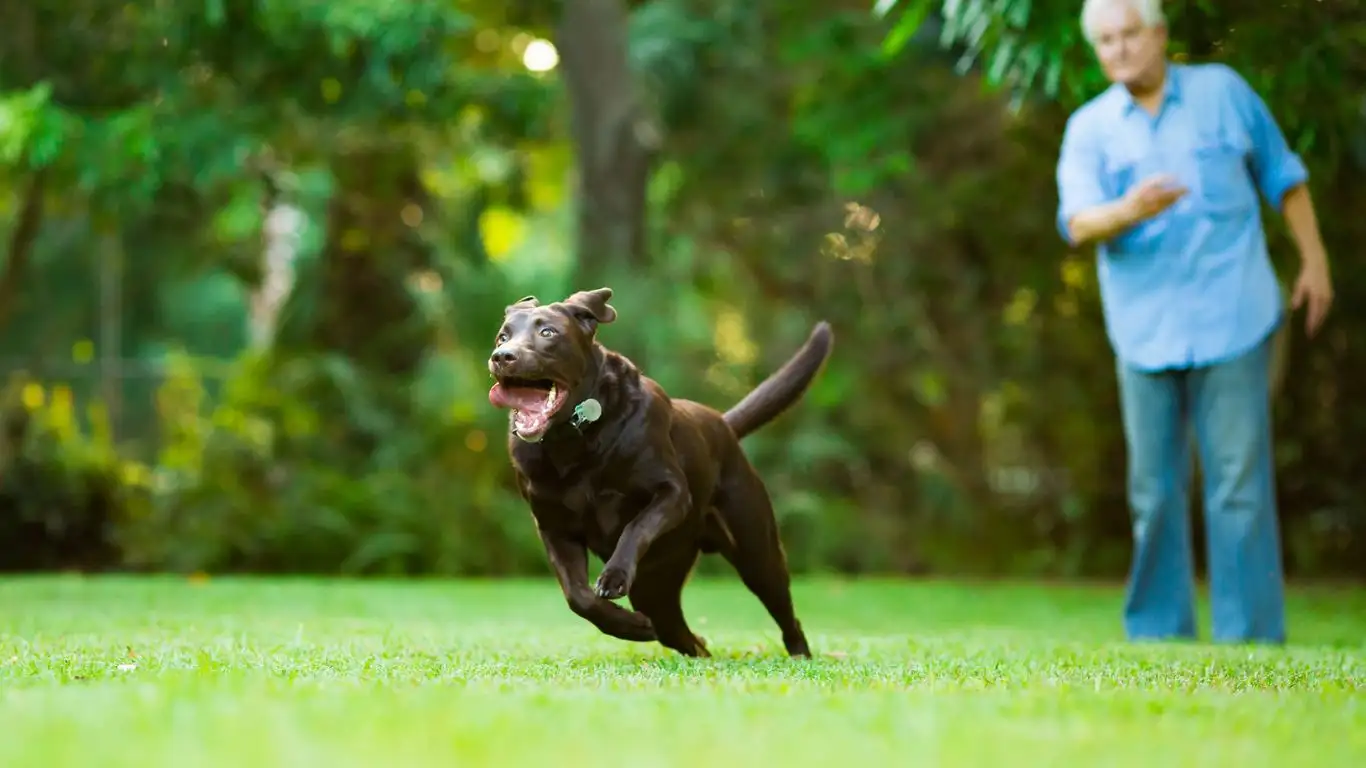
1. Be Consistent (Even When You’re Tired)
I get it. After a long shift at the clinic, the last thing I want is to deal with more stress. But dogs thrive on consistency. If you allow begging at the table one night and punish it the next, your pup is left confused. Set boundaries and stick to them. I even made a quick checklist on the fridge for house rules so everyone—me, my partner, even the dog walker—is on the same page.
2. Positive Reinforcement Works (Bribes, But Make It Training)
Honestly, I used to think treats were a lazy shortcut. But rewarding the right behavior builds lasting habits. For example, when my dog finally stopped barking at the delivery guy, you better believe she got a chunk of cheese. Dogs are smart—they’ll do what gets them rewards.
- Catch good behavior in the act.
- Offer treats, praise, or playtime immediately.
- Be enthusiastic—it makes a difference!
Quick tip: Keep tiny training treats in a jar near your door or couch. Makes it easy to reward those little wins.
3. Redirect, Don’t Punish
Instead of shouting when your dog chews something off-limits, redirect that energy. Give them something better—a chew toy, a puzzle, a frozen treat. I realized my pup went after shoes because they smelled like me (gross but true). Once I gave her an old t-shirt wrapped around a toy, she was obsessed—with that, not my sneakers.
4. Make Training a Game
Nobody (including your dog) likes boring drills. I turned our training sessions into 5-minute mini-games—hide-and-seek, “find the treat,” or obstacle courses using living room cushions. It kept things fun for her and actually helped me unwind after work.
Stop Barking, Chewing, and Jumping With Simple Tweaks
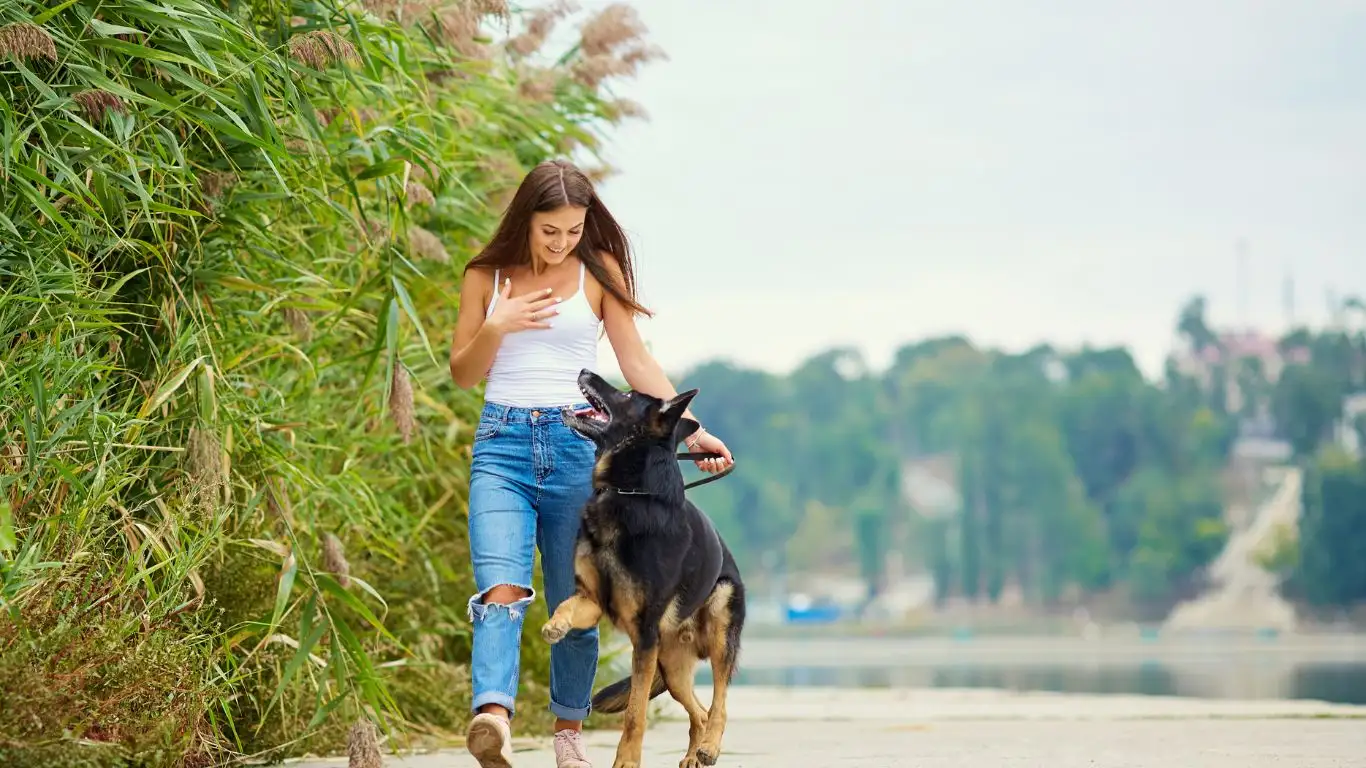
Barking at Everything That Moves? Try This
This was a big one at my house. Every squirrel, leaf, or Amazon box triggered a barkathon. What helped:
- Teach “Quiet”: Say it calmly, then reward when they stop barking. Don’t shout—it just adds to the chaos.
- Close blinds or windows: If your dog can’t see the trigger, they won’t react to it.
- Use white noise: A fan or calming dog music can help mask outdoor sounds.
Chewing Up Furniture? It’s Usually Teething or Boredom
My dog destroyed two throw pillows before I figured out she needed mental stimulation. Now she gets a rotating selection of chew toys—bonus if they squeak or dispense treats. Also, frozen carrots are surprisingly effective and budget-friendly.
Jumping on Guests? This One’s Fixable
It might seem like your dog is trying to greet your guests with a bear hug, but it’s usually just excitement. I taught mine to sit whenever someone walked through the door—no sit, no attention. It took about a week of consistency and a few treat bribes, but it worked like a charm.
Socialization: The Secret Sauce for Good Behavior
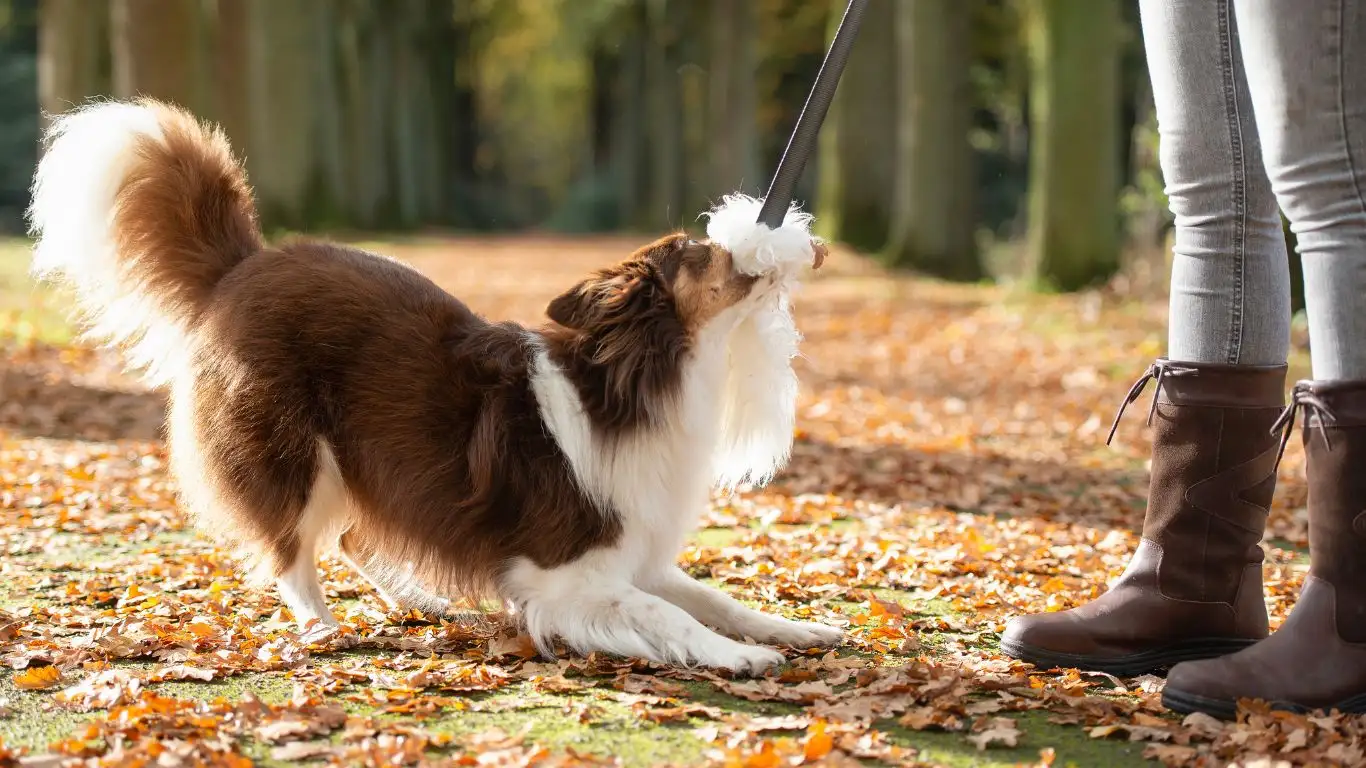
If I had a dollar for every time someone told me, “My dog just doesn’t like other dogs,” I’d have a whole separate fund for chew-proof furniture. The truth is, a lot of so-called “bad behavior” stems from lack of proper socialization. Dogs need to learn how to interact—not just with people, but with other dogs, loud noises, different environments, even skateboards (yep, my pup once barked at a skateboard for five minutes straight).
Start Small, Stay Safe
Don’t throw your dog into a hectic dog park on day one. Start with calm, controlled meetups. I arranged backyard hangouts with my friend’s super chill golden retriever and gradually worked up from there. Over time, my dog stopped growling at every canine that dared to cross our sidewalk.
Socialization Isn’t Just for Puppies
Yes, early exposure is important, but older dogs can learn too. My rescue was three when I got her—and while she had zero social grace at first, regular walks during school pickup time (lots of kids, noise, distractions) helped her learn to stay calm under pressure.
Some Easy Wins for Socialization
- Pet-friendly cafes: Great for exposure to sounds, people, and food distractions.
- Structured dog training classes: Builds obedience and social skills.
- Walks in new neighborhoods: Mix it up—new smells, new challenges.
Trust me, social dogs are usually calmer, more confident, and less likely to act out. It’s worth the effort.
Routine Is Everything—Seriously
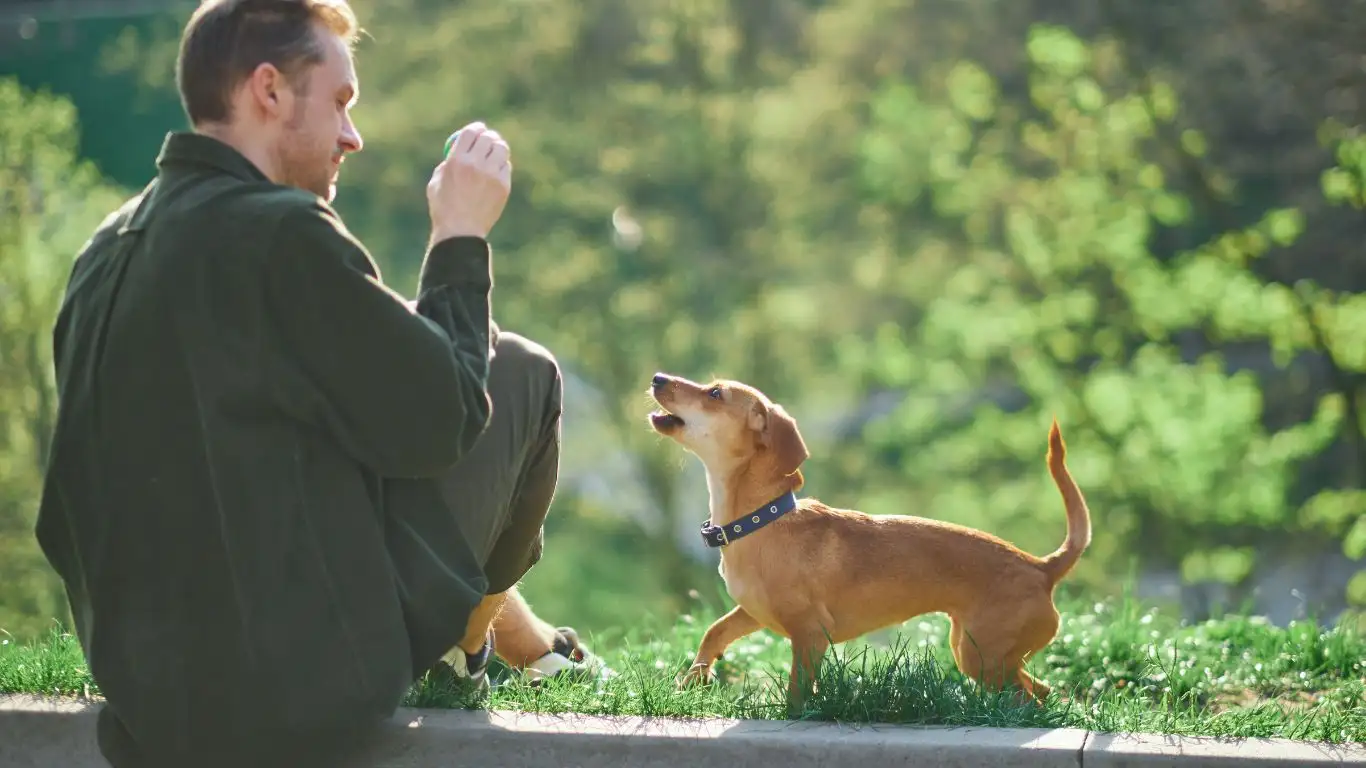
This one took me a while to really believe in. As someone who works in medicine, my schedule is chaotic. But once I realized how much a predictable daily routine helped with my own mental health, I thought—why not my dog?
Dogs Crave Structure
Feeding, walking, playing, training—all of it works better on a schedule. My dog used to bark and pace constantly when I was home. But when I started walking her at the same times daily (even if it meant a 5:30 AM stroll in scrubs), the barking dropped dramatically.
Create a Dog-Friendly Schedule
It doesn’t need to be rigid, just consistent enough to give your dog a sense of security. Here’s what our weekday looks like:
- Morning: Short walk, breakfast, quick 5-min training game
- Midday: Chew toy or food puzzle (helps with solo time)
- Evening: Longer walk, playtime, dinner
- Night: Calming snuggles and crate time
That sense of predictability helps dogs feel secure and less reactive—especially if they’re dealing with anxiety or hyperactivity.
Common Mistakes That Sabotage Training (And How to Fix Them)
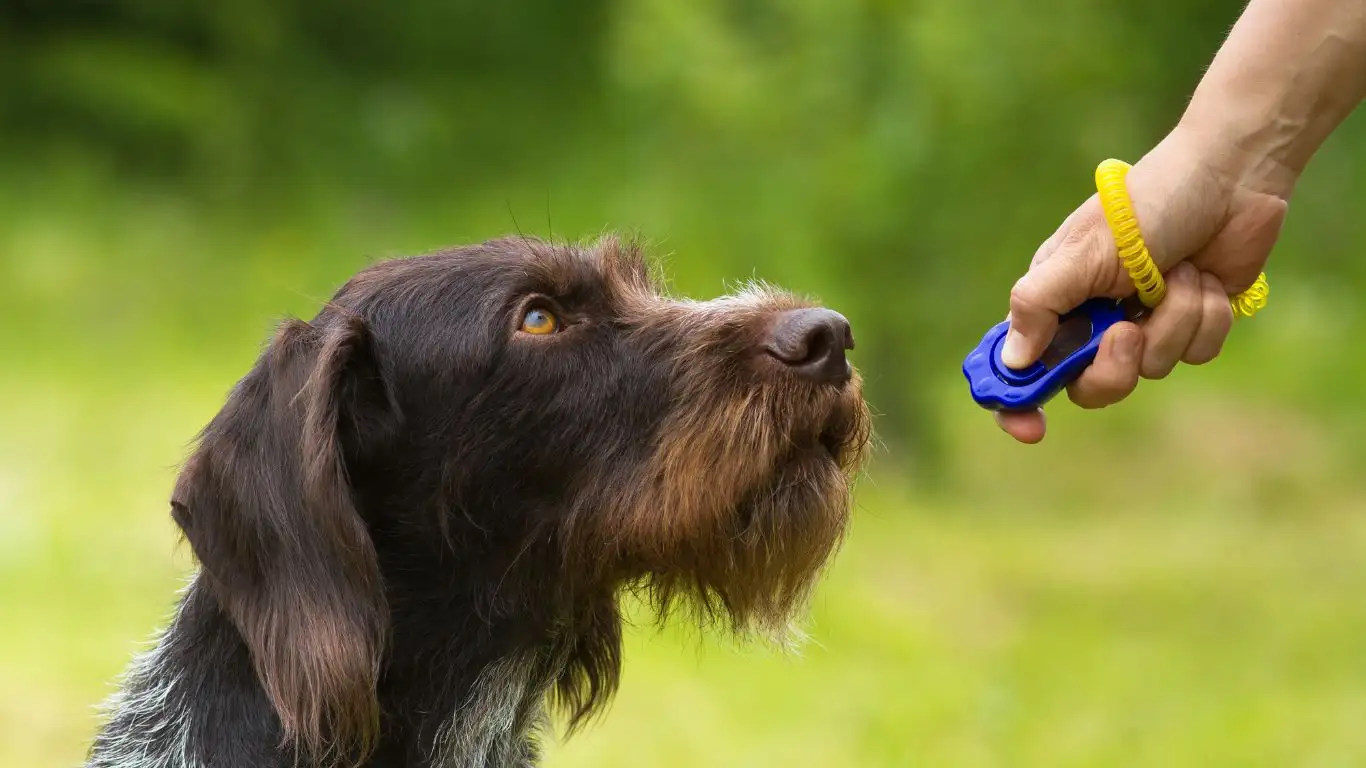
Let’s be real for a second—I’ve messed up plenty in the training department. And as much as I like to think I’m pretty disciplined (I do manage hypertension for a living), I’ve definitely made these mistakes. But hey, learning is part of the process!
1. Inconsistency Is a Habit Killer
If sometimes you let your dog jump up on you and other times you push them off, guess what? You’re training confusion. Same goes for leash pulling, barking at the door, or climbing onto furniture. Decide what’s allowed and stick with it. Post a list of “house dog rules” if multiple people live with you—it helps a ton.
2. Not Timing the Rewards Right
This one’s big. If you reward your dog two minutes after they did the right thing, they won’t connect the dots. Timing matters. Catch the behavior as it’s happening and give that treat or praise immediately.
3. Too Much Negative Feedback
Yelling, leash jerks, or scolding often backfires. It may stop the behavior for a moment, but it usually builds fear—not trust. I saw a massive difference when I switched from “No!” to “Uh-uh, sit!” paired with a treat or a toy. Redirection > punishment.
4. Overcomplicating the Commands
Dogs aren’t fluent in English (as much as we wish they were). Keep commands short and clear: “Sit,” “Down,” “Stay.” Avoid multi-step sentences like “Can you go lie down in your bed?”—that’s just noise to them.
Choosing the Right Tools for Behavior Training

Okay, let’s talk gear. Because not all training tools are created equal—and trust me, I’ve bought my share of duds off Instagram ads at 1 AM after a long shift.
Clickers, Treats, and Toys
I used to be skeptical about clicker training until I tried it. That tiny “click” sound marks the good behavior instantly. Pair it with a treat, and boom—your dog gets it. It’s like positive reinforcement on steroids (the good kind, not the prescription kind).
Harnesses vs. Collars
If your dog pulls like a sled team, try a front-clip harness. It gives you more control without choking them. I swapped to one after too many embarrassing neighborhood walks where I looked like I was water-skiing behind my dog.
Chew Toys and Puzzle Feeders
Mental stimulation is just as important as physical exercise. A good food puzzle or a sturdy Kong stuffed with peanut butter gives your dog something to focus on—besides tearing into the mail.
Training Apps and Trackers
For the tech-inclined (guilty), apps like Pupford or Dogo can help you stay on track with training routines. You can even log progress, which is super satisfying—especially if you’re the type who keeps your own health stats in a spreadsheet (also guilty).
Consistency at Home: Your Dog’s Behavior Mirror
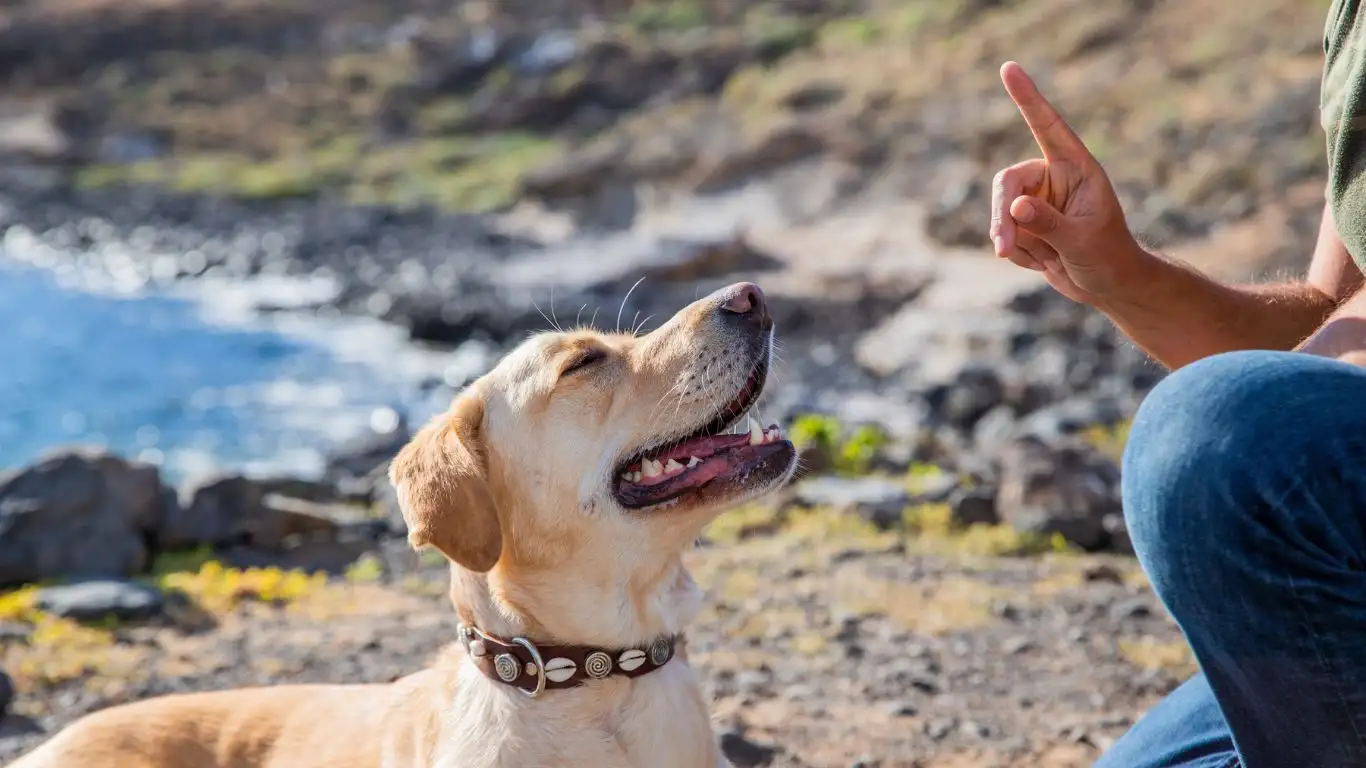
If there’s one thing I’ve learned managing both patients and pets, it’s that consistency creates stability. Whether it’s a hypertension regimen or a pup learning not to bolt out the door, daily structure makes everything smoother. Dogs are like furry little pattern-readers—if you change the rules every other day, they won’t know what to expect.
One House, One Set of Rules
This was a tough one for my household. My kids love sneaking snacks to the dog under the table—cute, but totally confusing for her. One day it’s a reward for whining, the next it’s “No begging!” Dogs don’t do nuance, so we made a pact: no table scraps, period. It didn’t take long for our girl to stop hovering during dinner time.
Clear Cues for Clear Communication
Pick cue words and stick with them. “Off” should always mean “get down,” not “stop barking” or “don’t bite.” When everyone uses the same simple language, dogs pick things up faster. I kept a sticky note on the fridge for a while with our household’s training cues—it helped more than I expected.
Reward the Good, Ignore the Drama
We tend to overreact to the bad and under-celebrate the good. When my dog was finally calm during the doorbell chaos, I went full party-mode: treats, praise, belly rubs. The next time? She looked to me for praise instead of lunging toward the door. Dogs want to please you. You just gotta show them what gets your “yes!” face.
Realistic Expectations: Progress Over Perfection

Alright, real talk—training isn’t a straight line. Some days are magical and others… not so much. But when it comes to effective dog behavior tips to stop bad habits quickly, patience mixed with consistency is the game-changer. Even as someone trained to handle human behavior change in the clinic, I’ve had to humble myself with dog training. It’s a whole different ballpark.
Celebrate the Small Wins
Your dog didn’t bark during your Zoom meeting? Victory. Didn’t chew your shoes today? MVP. These tiny moments matter. The more you notice and reward them, the more often they happen.
Regression Is Normal
Just like we humans fall off the healthy-eating wagon during the holidays, dogs can backslide too. When we moved houses, my pup forgot all her leash manners. I had to reintroduce some basic training—not because she “forgot,” but because her environment changed. The key is not to panic. Go back to basics, keep it fun, and stay consistent.
Adapt to Your Dog’s Personality
No two dogs are the same. What works for your neighbor’s golden retriever might totally flop with your nervous rescue. I tried a bark collar once (briefly!)—it was a disaster. But switching to a positive reinforcement approach using a clicker and high-value treats worked wonders for her confidence and reduced barking way more effectively.
Resources to Deepen Your Training Game
There are tons of expert-backed resources out there that can support your journey, especially when you’re feeling stuck. These are some of my go-tos:
- American Kennel Club (AKC): Great guides on training based on breed and age.
- PetMD: Behavior insights plus health tips to rule out medical issues behind bad habits.
- Health.com: Surprisingly helpful for holistic health topics that impact pets and owners alike (think allergies, stress, lifestyle changes).
- NIH: For those who geek out on behavioral research and how stress affects humans and animals alike (guilty again!).
One of the coolest things about being both a physician and a dog mom? Seeing how similar some of the behavior dynamics are. Trust, routine, support, clear goals—it all works, no matter the species.
Final Tips to Keep You and Your Dog Sane (and Smiling)
If you’ve made it this far, first of all—props to you. You clearly care about your dog and want to build a better bond. That alone sets you up for success. So let me leave you with a few parting words I’ve learned from both the exam room and the living room:
- Stay consistent, even on the rough days. Especially on the rough days.
- Keep training short and fun. No hour-long sessions. Ten minutes with energy and joy gets better results.
- Know when to get help. Just like we refer patients to specialists, don’t hesitate to find a professional trainer if you feel overwhelmed.
- Celebrate effort over perfection. Behavior change takes time—for all of us.
And remember, training your dog is as much about you growing as it is about your dog learning. I’ve become more patient, observant, and compassionate thanks to my little four-legged chaos monster. So don’t be afraid to learn, mess up, laugh, and try again.
You’ve got this. Your dog’s best behavior is just a few consistent steps away.
Disclaimer
This article is for informational purposes only and should not be considered a substitute for professional veterinary or medical advice. If your dog exhibits aggressive or concerning behavior, consult a certified dog behaviorist or veterinarian for personalized support.
